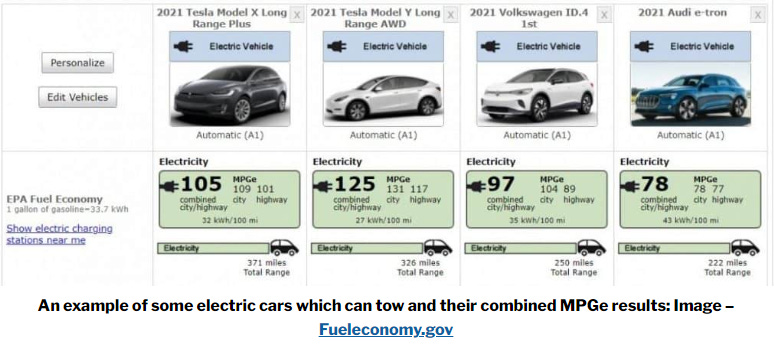Looking at this infographic below, the answer to the title's questions should be crystal clear. Even with the “perceived” higher cost of retail acquisition of an electric vehicle, the monthly saving in regular economic times makes it more than affordable. In our current stagflation condition, it becomes a necessity. With fuel prices on an uphill climb, the efficiency in energy usage of an EV vs. the fuel efficiency of a combustion engine it seems like a no-brainer. You can possibly save hundreds of dollars a month using kWs instead of gasoline, but you can also use your EV’s battery in a VTG (Vehicle to Grid) application and save big dollars on your home heating/cooling bill.
Having an EV in the family and having many conversations with multi-year EV owners with real-world experiences, it’s evident there is a significant reduction in repair costs as well. With an electric vehicle having roughly 700 moving parts versus a combustion vehicle having approximately 2000 moving parts, the odds of a significant repair event decrease significantly. On top of that, regularly scheduled maintenance is on a one-year cycle as opposed to combustion engines on a 3-month/3,000-mile interval.
With the average per-gallon price of gasoline above $5, Black Book explains why wholesale prices for vehicles such as compact cars and full-size SUVs are moving in distinctly different directions. Buyers and sellers are taking notice, and fuel -efficiency is quickly becoming the most crucial consideration in the current economic conditions. That is glaringly obvious in J.D. Power’s latest vehicle consideration study that shows E.V. consideration is up to 24% or1 in every four shoppers. You can read more on that Power research study HERE
All indicators show the EV market has the necessary momentum to become a significant part of the car parc in a few short years, as forecasted above. With the right mindset and government assistance, you can significantly offset the upfront cost differential when buying an EV for the first time. Moreover, you can come out way ahead on the total cost of the vehicle during ownership. It could possibly be as much as 15,000 dollars of saving over 10 years, which is a short-sided view. The Telsa Model 3 battery modules "should last 300k to 500k miles" — that is, for 1,500 cycles. According to the U.S. DOT, Americans drove an average of 14,263 miles per year in 2019. The Model 3's purported 300,000 to 500,000 battery module lifespan would be between 21 and 35 years of operation." So thinking of the cost of ownership is a very reasonable and practical view when considering upfront cost justification. Not to mention most EVs are cool looking and can go 0 to 60 in 4 seconds. Happy Driving.





